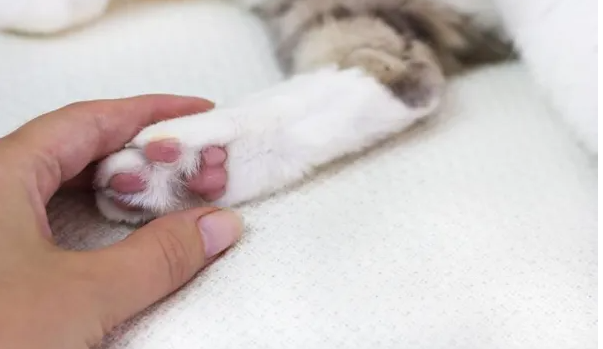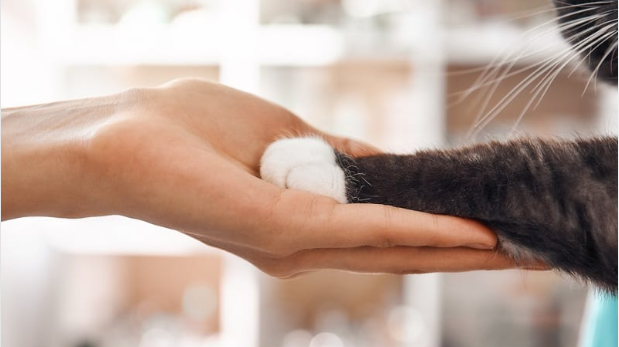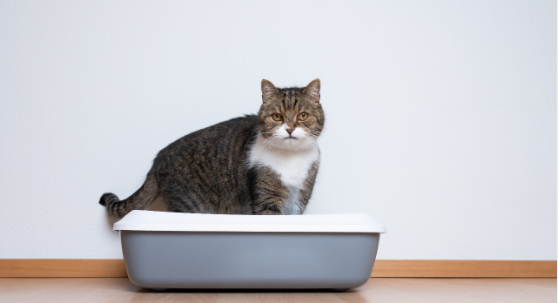Do Cats Like It When You Touch Their Paws?
Cat owners often wonder if their feline friends enjoy having their paws touched. Understanding a cat’s preferences and boundaries can help improve the bond between pet and owner, making interactions more enjoyable for both parties. In this article, we explore the factors that influence a cat’s reaction to having its paws touched and share tips for creating a positive experience.
The Anatomy of a Cat’s Paw
- Pads: The soft, cushioned pads on the bottom of a cat’s paw provide traction and shock absorption while walking or running.
- Claws: Cats have retractable claws that are used for hunting, climbing, and self-defense. They also help with grooming by allowing the cat to remove loose fur and dirt.
- Nerve endings: The paw is rich in nerve endings, which enable cats to detect vibrations, temperature changes, and other environmental factors. This heightened sensitivity also allows cats to maintain balance and agility.
Due to the paw’s sensitivity, some cats may find paw touching uncomfortable or even painful.
Reasons Why Cats May Dislike Paw Touching
- Natural instinct: Cats are instinctively protective of their paws, as they are vital for survival. Touching a cat’s paw may trigger a defensive response, especially if the cat feels threatened or vulnerable. This instinctual behavior is a means of protecting their paws from potential harm.
- Past experiences: Cats that have had negative experiences with paw touching, such as painful nail trims or injuries, may be more resistant to having their paws touched. These past traumas can create a negative association with paw touching, making it challenging to create a positive experience.
- Individual personality and preferences: Like humans, cats have their own unique personalities and preferences. Some cats may simply be more sensitive or dislike having their paws touched. Others may enjoy the sensation or be indifferent to it.
Signs Your Cat is Comfortable with Paw Touching
A cat that is comfortable with paw touching may exhibit the following positive body language cues:
- Relaxed posture: A cat that is at ease with paw touching will likely have a relaxed body posture, lying down or sitting with its tail wrapped around its body.
- Slow blinking: Slow blinking is a sign of trust and contentment in cats. If your cat slow-blinks while you touch its paws, it’s a good indication that it feels safe and comfortable.
- Purring or kneading: Purring and kneading are signs of pleasure and relaxation in cats. If your cat purrs or kneads while you touch its paws, it is likely enjoying the interaction.
Keep in mind that each cat is different and may react differently in various situations. Always pay attention to your cat’s body language to gauge its comfort level.
Tips for Bonding with Your Cat Through Paw Touching
- Gradual introduction: Start by gently petting your cat in areas it enjoys, such as its head or back. Gradually move towards the paws, observing your cat’s reaction and stopping if it shows any signs of discomfort. Begin by touching the paws briefly and increase the duration as your cat becomes more comfortable.
- Using positive reinforcement: Reward your cat with treats or praise when it allows you to touch its paws. This will help create a positive association with paw touching, making it more likely that your cat will enjoy future interactions.
- Respecting your cat’s boundaries and preferences: Always pay attention to your cat’s body language and respect its boundaries. If your cat is not comfortable with paw touching, do not force the interaction. Instead, focus on other ways to bond with your cat, such as playing with toys or engaging in grooming sessions.

Frequently Asked Questions
Can touching a cat’s paws help with grooming and nail trimming?
Yes, gently handling a cat’s paws can make grooming and nail trimming easier, as the cat becomes more comfortable with having its paws touched.
Are certain breeds of cats more likely to enjoy paw touching?
While breed can play a role in a cat’s personality, individual preferences and experiences have a greater impact on whether a cat enjoys paw touching.
How can I tell if my cat is in pain when I touch its paws?
Signs that your cat is in pain or uncomfortable may include hissing, swatting, growling, or attempting to escape. Stop the interaction if your cat exhibits any of these behaviors.
Understanding whether your cat likes having its paws touched can help improve your bond and make interactions more enjoyable. By paying attention to your cat’s body language, respecting its boundaries, and using positive reinforcement, you can create a positive experience for both you and your feline friend. Keep in mind that each cat is unique, and their preferences may change over time. By being patient and attentive to your cat’s needs, you can foster a trusting relationship and ensure the well-being of your beloved pet. So, the paw-sitive truth is that while some cats may enjoy having their paws touched, it’s essential to understand and respect the individual preferences of your furry companion.




